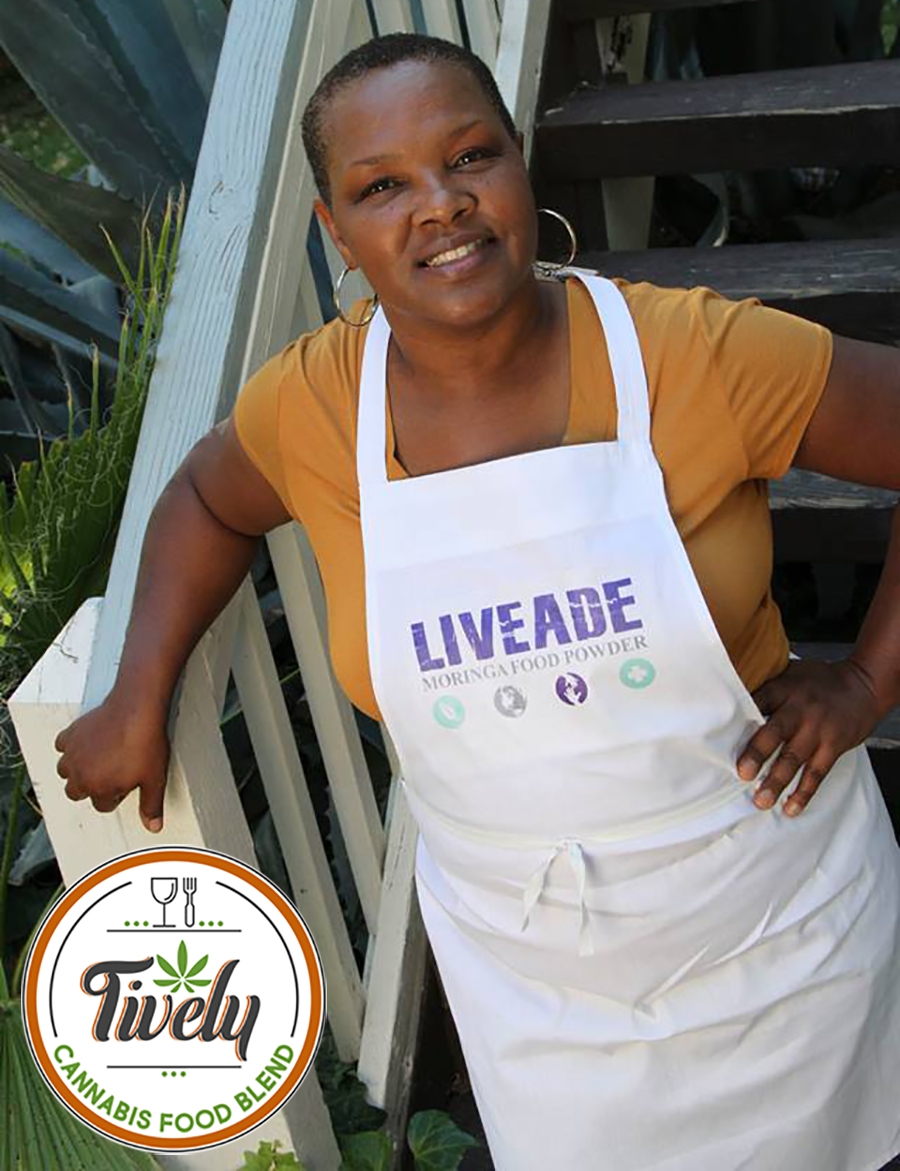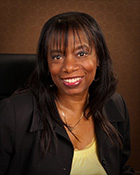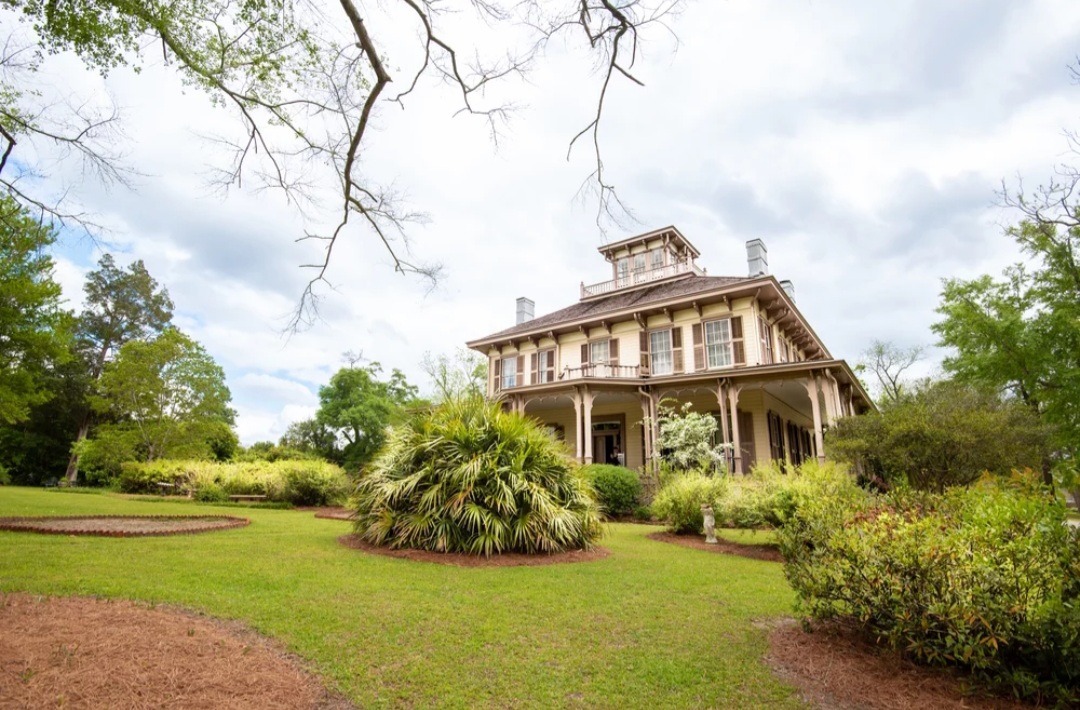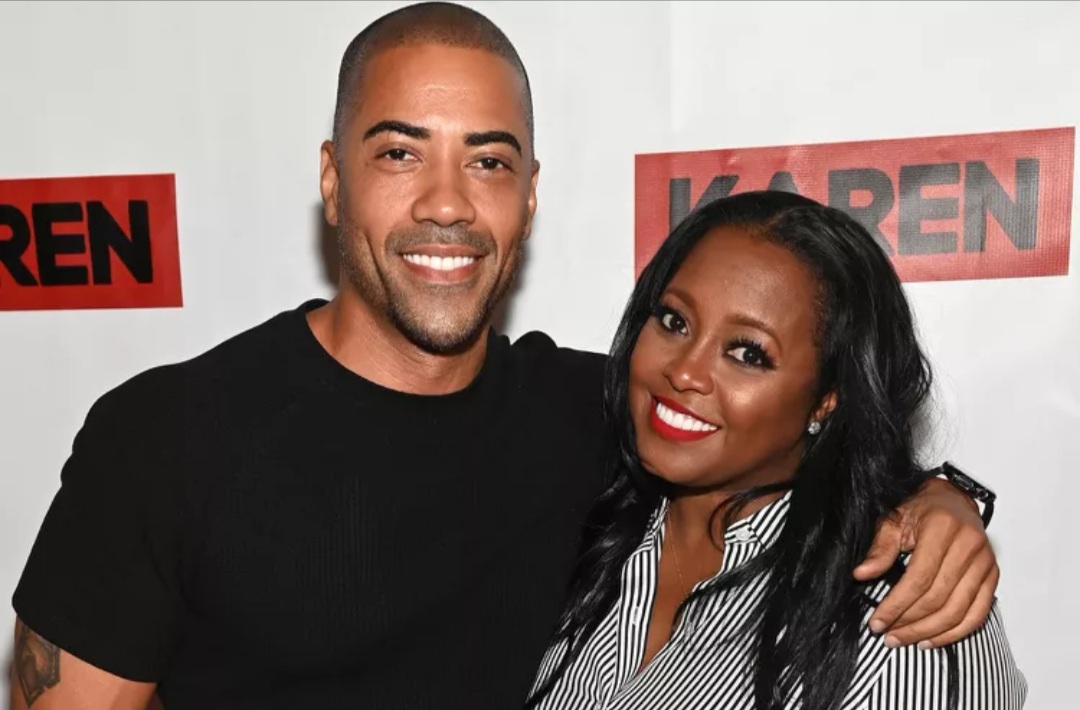
by Contributing Writer, Donna Michele Ramos
The chances of Black women now breaking into the Cannabis industry is not only possible but is really happening. This business of recreational marijuana is now legal in some states across the United States. However there are lots of complex and costly barriers to entry especially for African Americans and even more difficult for Black women to penetrate.
At the end of 2018, 33 states plus Washington, D.C. legalized medicinal marijuana and 10 states plus Washington, D.C. legalized recreational marijuana. As of May 2019, marijuana leads as the booming industry with $52 billion in sales and a 76% increase in cannabis jobs, that pay 10% above regular jobs. The estimated economic impact could reach as high as $77 billion by 2022 per the Market Insider. Investors poured more than $10 billion into the North American industry in 2018; per Associated Press experts, who project the number will go up to $16 billion this year.
Mitchell is the very first Black woman to be approved for a cultivation license in the City of Sacramento. She is originally from Arkansas and has been a resident of Sacramento since 1985. THE HUB initially linked up with Mitchell 2 years ago at meetings that were taking place for the Sacramento Kids First Coalition meetings and she had noted that she was starting a cannabis business then but could not talk about it too much or go on public record about it. Mitchell has definitely been a pioneer in establishing a marijuana cultivation business, Tively.com, where she talks to us about the process with providing some golden steps of DOs and DONTs in the application process, what to expect, along with shedding crucial insight on her challenging journey to open her cannabis business.
THE HUB: What made you decide to start a cannabis business?
Mitchell: I always wanted to. At 19 my Uncle Ben, a doctor of physics at the University of Arkansas who was ahead of his time, had CBD (cannabidiol – learn more about the difference CBD vs. THC)cannabidiol – learn more about the difference CBD vs. THC) before today. He did an experiment and made a water-soluble food powder to be mixed with cannabis. He put it in 16-ounce mason jars and gave it to migrant workers, He used it for pain medicine for the community. It had a two-year shelf life. He used it like medicine for people with no health insurance. I knew if this became legal, I’d do it. In 2001 I used it for two of my friends, dying of cancer. My uncle told me how to do it on the phone. I brought the marijuana from a neighbor’s son and mixed it into banana pudding, brownies, smoothies, cake and anything soft not requiring lots of chewing. It helped tremendously with their pain relief. One friend opted out of chemotherapy to be able to play with her grandkids. She said she wanted to be alive before she dies. She had been bedridden and then became up and about. I knew my uncle had something. I kept working on it because people found out about it and was asking for it. I told them I would not buy the marijuana for them. They’d bring the cannabis to me and I made the mixture and gave it back to them. I never stopped because I knew the value of it. My friend’s son had grand mal seizures and his mom started putting it in his food and it helped him.
THE HUB: How long did the entire process take, from inception to completion?
Mitchell: November 2, 2016 Proposition 64 legalized marijuana. It took two years for me to get licensed. In May 2017 I was one of the first adopters to do this. But the City of Sacramento and the State of California were not ready for this new business (they learned from us). There were 16 of us that started the process. Me and my colleagues met in 2017. Everybody paid $16,800 for a conditional use permit (CUP) and $9,700 for a business operations permit (BOP). When the process was over, it was just me left. I invested well, had the equity and kept going, so that I could open my indoor cultivation and oil extraction business.
THE HUB: Can you describe the process?
Mitchell: You have to learn to deal with architects, floor plans, engineers, etc. Also, before you start the process, make sure the building you choose is up to code before you lease it. The owner of the building (persons/company leasing building to you) will not fix it after you sign the lease. Make sure you have enough electricity running into the building. To buy transformers it starts at $25,000 and goes as high as $100,000, depending on the size of the building. Then you have to hire a C10 electrician to bring all the wires from the transformer to the building. It’s intense, there are so many crooks and people claiming to be the specialist you need. C16 sprinklers cost $175 per head.
THE HUB: Is there funding available for people who’d like to get into the cannabis business?
Mitchell: There’s the C.O.R.E. Program. It’s now officially called Sac Green Equity, a City of Sacramento C.O.R.E. Program powered by the Greater Sacramento Urban League. Brenda Davis is the Director of the Sacramento CORE Program. They have a grant to help people pay some of the fees. With their two-year program, you go to classes and they help you with case management and going through the process. It helps people so they do not waste their money. The program can help you save $25,000 – $35,000 off the top and get a waiver for the $9,700 fee. You must have a business plan and consultants charge $6,000-$15,000 to write them. [Be aware that] To get an investor of over $2.5 million, you need a business plan which can cost up to $25,000.
THE HUB: In view of all the difficulty throughout this process, do you think it’s something you would do again?
Mitchell: In the past two years we’ve stepped on so many landmines and made all the mistakes. Now there is a map and paved road for others to jump on this. I would because part of this was, I thought I’d done my due diligence but part of it was my ignorance, the City’s ignorance, the architects not up to speed on it as it was the blind leading the blind. The City of Sacramento kept adding stuff after the floor plan was done. I went back and forth seven times with them. After I thought everything was done, the City told me I had to hire a fire protection engineer. As we have been in the process of moving in, I am glad to say that my business will open in July 2019.
THE HUB: Is there anything we haven’t covered that you would like to add?
Mitchell: I need to thank my contractor Angela Archie May. She came highly recommended by a broker and is 1 of only 2 Black female contractors. She saved me, she stepped in and took over. I really needed her.
Mitchell went on record to state that she spent over $300k of her own money to get through the application approval process for the cultivation license (starting the process in 2017 and receiving approval this year 2019).
CLICK HERE to learn more about how some African American women see the cannabis industry not just a way to build a wealth, but also to put restorative justice in action.

Donna Ramos writes several (contemporary and historical) multi-cultural, romance novels simultaneously. Her journalism career as a Senior Staff Writer/Reporter for THE HUB Magazine has yielded interviews with Maxwell, Venus and Serena Williams and HRH Sarah Ferguson Duchess of York, to name a few. As a self-published author, Ramos received acclaim from Essence Magazine and BlackbookPlus.com by being on their best seller lists for her contemporary romance debut book “HIGH RISE”. Currently she is writing, “M&M: MADNESS AND MAYHEM”, the final book in her “HIGH RISE” Trilogy, and “CHOCOLATE IN THE CITY”. Donna partnered with another author, Brooklen Borne to write a 4-book sci-fi thriller series, “Absorption.” Last year she was named “Author of the Year” by Write-On! Awards for Literary Excellence. She states her next project is to “teach myself how to screen write so I can turn my novels into screenplays and submit them to studios and agents searching for fresh new scripts.” Connect with Donna at: facebook.com/donnamramos1
###




